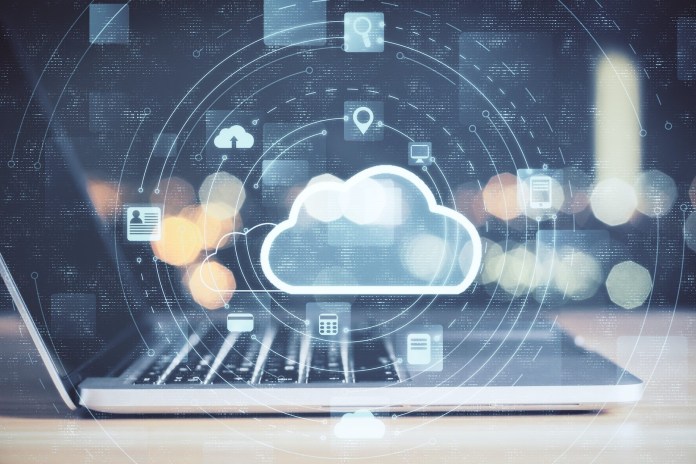- Global iPaas end-user spending to grow 18.5% in 2022 to $5.6b while low-code platform will grow by 28.4% to $7.4b.
- Organisations are increasingly replacing classic integration platforms, that are now considered too expensive and complex for modern integration delivery practice.
- Increasing business appetite for technology self-service results in the rapid growth and increasing maturity of low-code platform technologies.
- LCAPs have emerged as a key component of successful hyperautomation to support automation initiatives such as the digitisation of records.
Integration platform-as-a-service (iPaaS) and low-code application platform (LCAP) are the two technologies that will gain widespread adoption in less than two years and reap their rewards.
Yefim Natis. Distinguished Vice-President Analyst at Gartner, said that iPaaS has moved to early mainstream adoption globally, reaching 20 per cent to 50 per cent of the global target audience who will use iPaaS offerings to integrate not only applications and data but also ecosystems, APIs and business processes.
“The shift to the cloud is boosting growth in the iPaaS market.”
The research firm predicts that worldwide iPaas end-user spending is projected to total $5.6 billion in 2022, up 18.5 per cent from 2021 as global public cloud services spending is projected to total $498 billion in 2022, an increase of 21 per cent year-over-year.
Increasing business appetite
Natis said that iPaaS not only attracts large organisations, but also midsize and small organisations with its ease of access, versatility and low initial cost.
“Organisations choose iPaaS to support rapid integration and automation of SaaS applications with other SaaS and on-premise applications and data sources. More recently, organisations are increasingly replacing classic integration platforms, that are now considered too expensive and complex for modern integration delivery practices,” he said.
However, he said that LCAP has moved to mainstream maturity globally, reaching more than 50 per cent of the global target audience.
Gartner estimates that the LCAP revenue market will total $7.4 billion in 2022, an increase of 28.4 per cent year over year.
As organisations need to be more agile and adaptive, he said that many complement centralised application investments with owning their own application development and analytics skills and tools.
“The increasing business appetite for technology self-service results in the rapid growth and increasing maturity of low-code platform technologies. LCAPs have also emerged as a key component of successful hyperautomation because low-code development tools are among the tools used to support automation initiatives such as digitisation of records,” he said.
Gartner forecasts that by 2024, hyperautomation functionality will be the dominant competitive differentiator among low-code development tools.
“In the context of the increasing demand for fast business change, LCAPs provide organisations an opportunity for accelerated digital innovation,” Natis said.
Discover more from TechChannel News
Subscribe to get the latest posts sent to your email.




